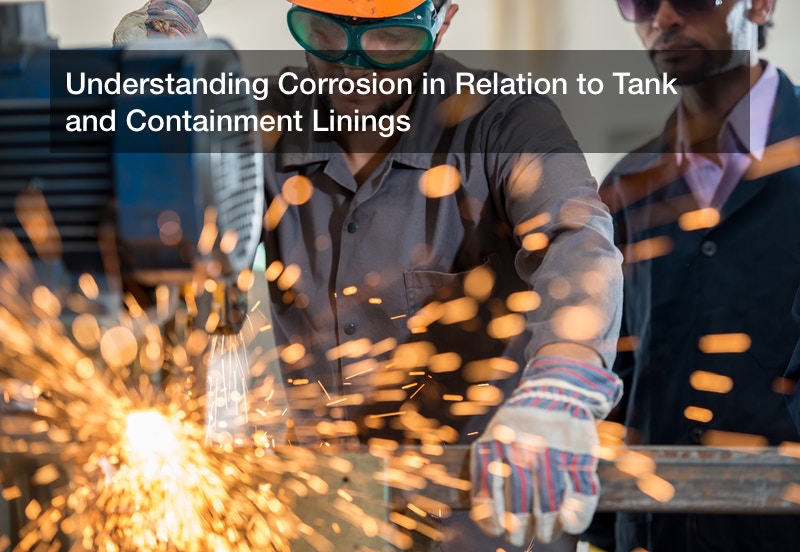
Understanding Corrosion in Relation to Tank and Containment Linings

Protective coatings are ideally used in the storage of containment products that require that the coatings be used as linings. These are the same coatings that are used in both atmospheric and underground services. Generally, protective coatings are formulated for three main purposes. One is to act as a buffer between the substrate (aluminum, steel or concrete) and the containment products inside mainly in liquid form. The other purpose is to protect the liquid inside the containment tanks from the substrate. This would require using a corrosion resistant tank lining. Lastly, the custom linings restore the structural integrity of an old tank while still ensuring that the containment products are not contaminated by the substrate and that the liquid stored does not corrode the substrate. Before choosing custom tank liners, it is important to first understand the properties of the liquid being stored. Almost all industrial tank liners have a certain degree of permeability. You need to know to what extent the coating can withstand permeation of liquid in containment.
Choosing a Tank Containment Lining
One of the best ways to approach the issue of choosing a containment lining is by conducting a side-by-side laboratory testing that simulates the containment liquid and the substrate. This can be done in a controlled environment to ascertain whether the lining is effective enough to be used as a containment lining by ensuring that the tanks safely contain chemicals. If the containment products are corrosive, the test will indicate just how resistant the lining is to permeation by the liquid contained in the tanks and also show the time period and what temperatures the resistance would occur. In the event that there is no adequate time for laboratory testing, you can inquire from the manufacturer of the tank lining the chemical suitability tables for the contained liquid. This approach is however limited to a specific period of time, (mainly between 30 to 60 days). However, the chemical suitability table will show the performance characteristics of different products being considered for storage. The suitability tables can also provide meaningful information with relation to immersion. This information can include pH and temperature of the chemicals being considered.
Review Case Histories
It is not always possible to access information about a containment lining either through testing or from the manufacturer. This means that you have to use other means to have an idea of how permeable the lining is against a certain liquid in the tanks. The best way to do this is by reviewing previous case histories of tank linings used for the same purpose as yours. This approach is effective as it will give you an idea of just how long a certain containment lining is effective. It is important that when evaluating past cases of use, establish whether the service conditions were similar to the intended service conditions. In addition, ensure that you establish whether the product used in the previous case has the same chemical composition as the one you intend to store. Over the years, volatile organic compound requirement have led to an increase in volume solids that have subsequently led to an alteration in the chemical resistance of certain products.
Leave a Reply
You must be logged in to post a comment.